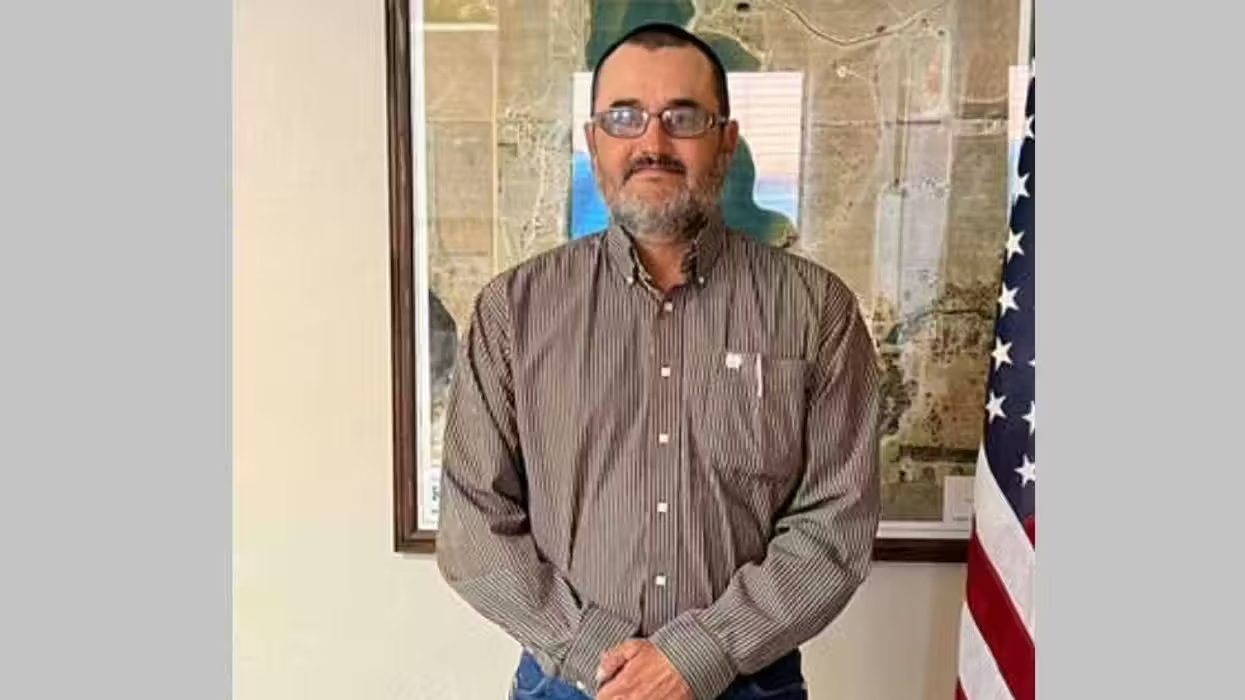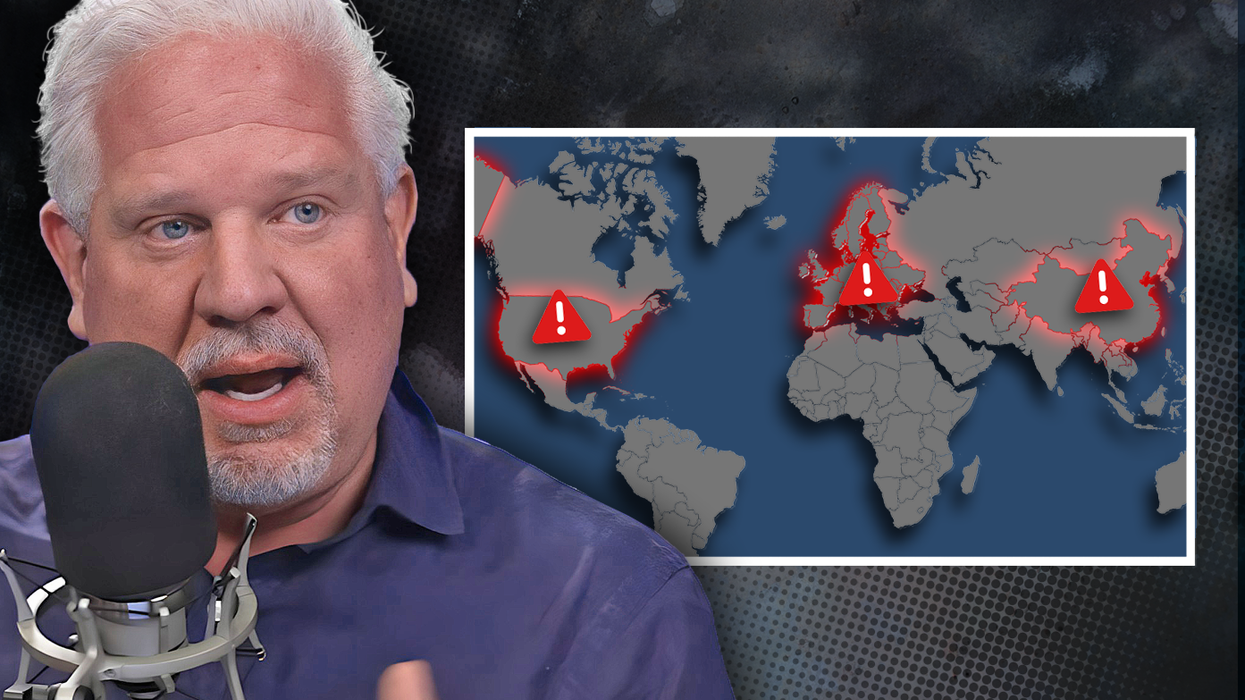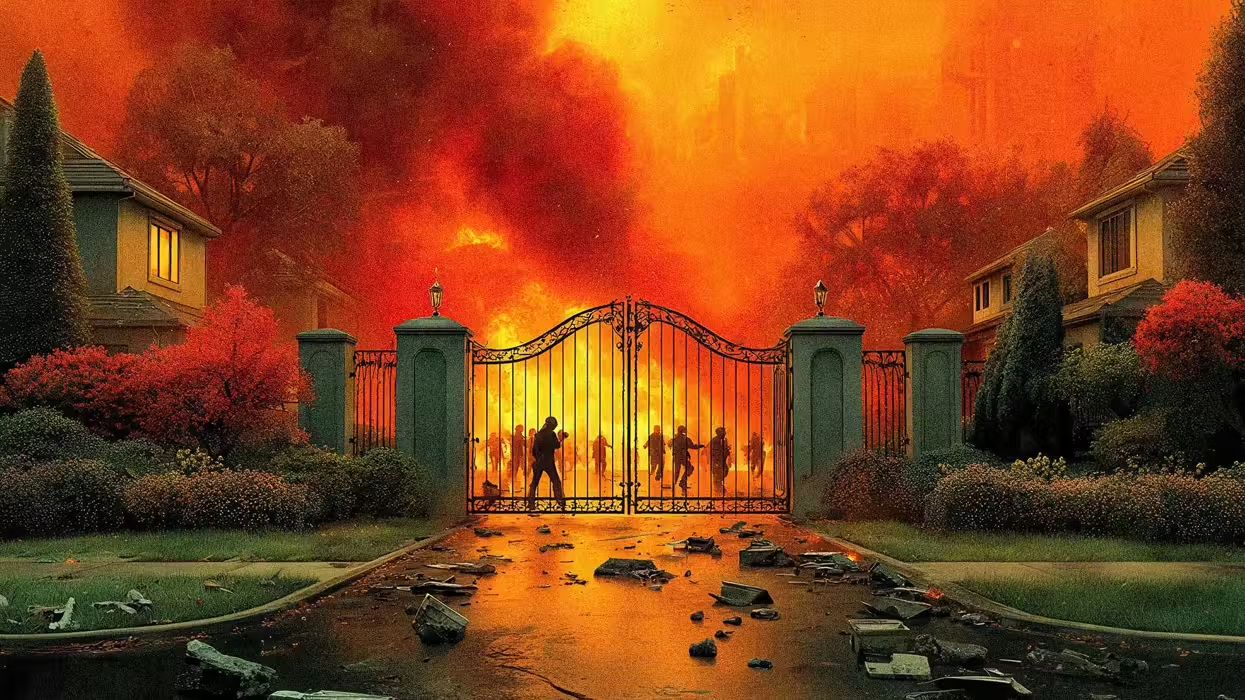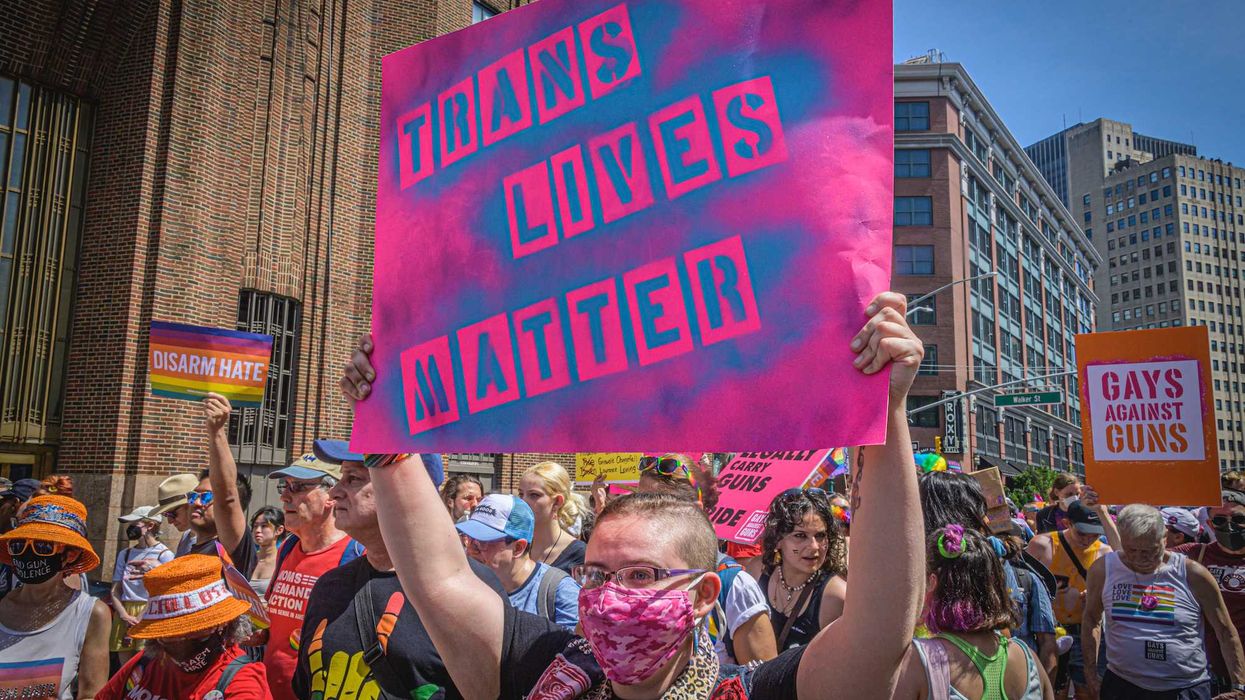MOKPO, South Korea (TheBlaze/AP) -- Koo Bon-hee could see the exit. For half an hour, as the doomed ferry filled with water and listed severely on its side, the crew told passengers to wait for rescuers.
"Don't move a voice reportedly warned passengers, according to CNN. More from that report:
Passengers aboard a sinking South Korean ferry faced a terrifying choice as the vessel rolled: obey commands barked over loudspeakers to stay in place, or don life vests and jump into the chilly ocean water.
"Don't move," a voice warned, according to a recording obtained by CNN affiliate YTN. "If you move, it's dangerous. Don't move."
That announcement, some witnesses worried, may have cost some passengers on the ferry Sewol their lives.
"Kids were forced to stay put," one survivor told CNN affiliate YTN, "so only some of those who moved survived."
With their breathing room disappearing, the 36-year-old businessman and some of the other passengers floated to an exit and swam to a nearby fishing boat. But 290 of the 475 people aboard - many of them high school students on a class trip - were still missing after the ferry sank Wednesday off the southern coast of South Korea. Six were confirmed dead and 55 were injured.
Early Thursday, divers, helicopters and boats continued to search for survivors from the ferry, which slipped beneath the surface until only the blue-tipped, forward edge of the keel was visible. The high number of people unaccounted for - possibly trapped in the ship or floating in the chilly water nearby - raised fears that the death toll could increase drastically.
It was still unknown why the ferry sank, and the coast guard was interviewing the captain and crew. The Sewol, a 146-meter (480-foot) vessel that can hold more than 900 people, set sail Tuesday from Incheon, in northwestern South Korea, on an overnight, 14-hour journey to the tourist island of Jeju.
About 9 a.m. Wednesday, when it was three hours from Jeju, the ferry sent a distress call after it began listing to one side, according to the Ministry of Security and Public Administration.
Passenger Kim Seong-mok told broadcaster YTN that after having breakfast, he felt the ferry tilt and then heard it crash into something. He said an announcement told passengers to not move from their places and that he never heard another about evacuating.
He said he was certain that many people were trapped inside the ferry as water rushed in and the severe tilt of the vessel kept them from reaching the exits.
Koo also complained about the crew's efforts during the initial stages of the disaster, saying early misjudgments may account for the large number of missing.
 JINDO-GUN, SOUTH KOREA - APRIL 16: (SOUTH KOREA OUT) In this handout provided by Donga Daily, The Republic of Korea Coast Guard work at the site of ferry sinking accident off the coast of Jindo Island on April 16, 2014 in Jindo-gun, South Korea. Four people are confirmed dead and almost 300 are reported missing. The ferry identified as the Sewol is reported to have been carrying around 470 passengers, including students and teachers, as it travelled to Jeju island. Handout/Getty Images
JINDO-GUN, SOUTH KOREA - APRIL 16: (SOUTH KOREA OUT) In this handout provided by Donga Daily, The Republic of Korea Coast Guard work at the site of ferry sinking accident off the coast of Jindo Island on April 16, 2014 in Jindo-gun, South Korea. Four people are confirmed dead and almost 300 are reported missing. The ferry identified as the Sewol is reported to have been carrying around 470 passengers, including students and teachers, as it travelled to Jeju island. Handout/Getty Images
In addition to the order not to evacuate immediately, Koo said many people were trapped inside by windows that were too hard to break.
"The rescue wasn't done well. We were wearing life jackets. We had time," Koo, who was on a business trip to Jeju with a co-worker, said from a hospital bed in Mokpo, the nearest major city to the site of the accident, where he was treated for minor injuries. "If people had jumped into the water ... they could have been rescued. But we were told not to go out."
Oh-Yong-seok, a 58-year-old crew member who escaped with about a dozen others, including the captain, told The Associated Press that rescue efforts were hampered by the ferry's severe tilt.
"We couldn't even move one step. The slope was too big," Oh said.
Student Lim Hyung-min told YTN that he and others jumped into the water wearing life jackets and then swam to a nearby rescue boat.
"As the ferry was shaking and tilting, we all tripped and bumped into each another," Lim said, adding that some people were bleeding. Once he jumped, the ocean "was so cold. ... I was hurrying, thinking that I wanted to live."
 JINDO-GUN, SOUTH KOREA - APRIL 16: In this handout image provided by the Republic of Korea Coast Guard, the rescue work by members of the Republic of Korea Coast Guard continues around the site of ferry sinking accident off the coast of Jindo Island on April 16, 2014 in Jindo-gun, South Korea. Four people are confirmed dead and almost 300 are reported missing. The ferry identified as the Sewol is reported to have been carrying around 470 passengers, including students and teachers, as it travelled to Jeju island. Handout/Getty Images
JINDO-GUN, SOUTH KOREA - APRIL 16: In this handout image provided by the Republic of Korea Coast Guard, the rescue work by members of the Republic of Korea Coast Guard continues around the site of ferry sinking accident off the coast of Jindo Island on April 16, 2014 in Jindo-gun, South Korea. Four people are confirmed dead and almost 300 are reported missing. The ferry identified as the Sewol is reported to have been carrying around 470 passengers, including students and teachers, as it travelled to Jeju island. Handout/Getty Images
Dozens of coast guard and navy divers searched for survivors around the Sewol's wreckage a little north of Byeongpung Island, which is not far from the mainland and about 470 kilometers (290 miles) from Seoul.
Coast guard spokesman Cho Man-yong said 16 divers could not get inside the ferry Wednesday night because the current was too strong. The water was muddy and visibility was poor, he said, but divers would try again Thursday morning.
"We cannot give up," said South Korean President Park Geun-hye, after a briefing in Seoul. "We have to do our best to rescue even one passenger."
White House spokesman Jay Carney said the U.S. and its 7th Fleet stood ready to assist, including the USS Bonhomme Richard, which was in the region.
The last major ferry disaster in South Korea was in 1993, when 292 people were killed.
TV stations broadcast live pictures Wednesday of the listing Sewol as passengers clambered over the side, jumped into the sea or were hoisted up by helicopters. At least 87 vessels and 18 aircraft swarmed around the stricken ferry.
The water temperature in the area was about 12 degrees Celsius (54 Fahrenheit), cold enough to cause signs of hypothermia after about 1 1/2 hours of exposure, according to an emergency official who spoke on condition of anonymity because department rules did not allow talking to the media.
Lee Gyeong-og, a vice minister for the Public Administration and Security Ministry, said the ocean was 37 meters (121 feet) deep in the area.
The survivors - wet, stunned and many without shoes - were brought to nearby Jindo Island, where medical teams wrapped them in pink blankets and checked for injuries before taking them to a cavernous gymnasium.
As the search dragged on, families of the missing gathered at a nearby dock, some crying and holding each other. Boats circled the sunken ferry into the night, illuminated by red flares.
Angry shouts could be heard when Prime Minister Chung Hong-won visited a shelter where relatives of the missing passengers waited for news. Some yelled that the government should have sent more divers to search the wreckage.
The numbers of passengers, as well as the dead and missing, fluctuated throughout the day. As of early Thursday, South Korean authorities estimated 475 people were on the ferry.
Of that total, there were 325 students and 15 teachers from Danwon High School in Ansan, a city near Seoul. They were headed to Jeju for a four-day trip, according to a relief team set up by Gyeonggi province.
Authorities said the dead included a female member of the crew and two male students. A coast guard officer confirmed three other fatalities but had few details about them. Kang Byung-kyu, a government minister, said 55 people were injured. Coast guard officials put the number of survivors early Thursday at 179.
Many South Korean high schools organize trips for first- or second-year students, and Jeju is a popular destination. The students on the ferry were in their second year, which would make most of them 16 or 17.
At Danwon High School, students were sent home early and parents gathered for news about their children. Park Ji-hee, a first-year student, said she saw about a dozen parents crying at the school entrance.
There are faster ways to get to Jeju, but the ferry from Incheon is cheaper than flying.
The Sewol, which travels twice a week between Incheon and Jeju, was built in Japan in 1994 and could carry a maximum of 921 people, 180 vehicles and 152 shipping containers, according to the Yonhap news agency.

 JINDO-GUN, SOUTH KOREA - APRIL 16: (SOUTH KOREA OUT) In this handout provided by Donga Daily, The Republic of Korea Coast Guard work at the site of ferry sinking accident off the coast of Jindo Island on April 16, 2014 in Jindo-gun, South Korea. Four people are confirmed dead and almost 300 are reported missing. The ferry identified as the Sewol is reported to have been carrying around 470 passengers, including students and teachers, as it travelled to Jeju island. Handout/Getty Images
JINDO-GUN, SOUTH KOREA - APRIL 16: (SOUTH KOREA OUT) In this handout provided by Donga Daily, The Republic of Korea Coast Guard work at the site of ferry sinking accident off the coast of Jindo Island on April 16, 2014 in Jindo-gun, South Korea. Four people are confirmed dead and almost 300 are reported missing. The ferry identified as the Sewol is reported to have been carrying around 470 passengers, including students and teachers, as it travelled to Jeju island. Handout/Getty Images






